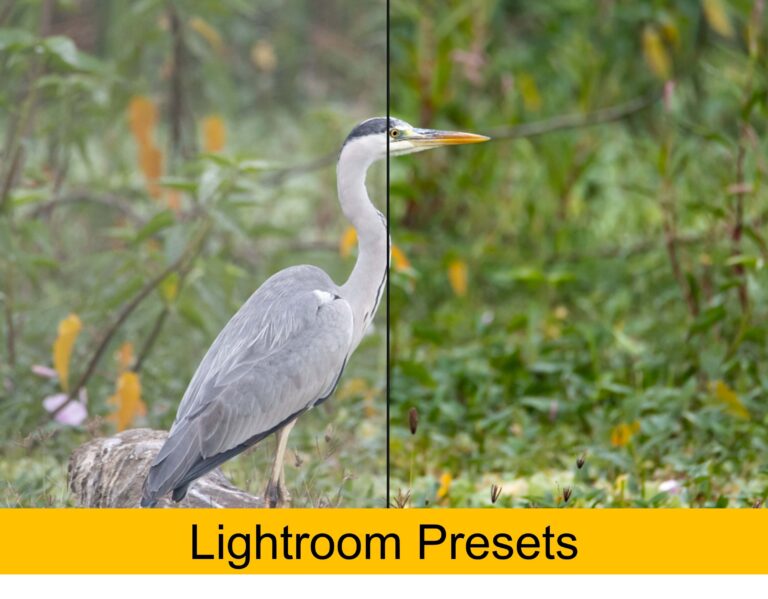Butterfly lighting is a popular technique used in portrait photography to create a unique and dramatic effect on the subject’s face.
This lighting style, also known as “butterfly pattern” or “Paramount lighting,” is characterized by a highlight on the subject’s nose, creating a butterfly-like shadow under their nose and chin.
Understanding and mastering butterfly lighting can elevate your portrait photography to the next level, creating striking images that stand out from the rest.
This technique is often used in professional photography, including celebrity portraits, fashion photography, and wedding photography.
By learning how to achieve butterfly lighting, you’ll be able to create professional-looking images that are sure to impress your clients and audience.
Butterfly lighting definition
Butterfly lighting is a type of lighting pattern used in portrait photography. The technique is characterized by a key light source placed high and slightly in front of the subject, which creates a highlight on the subject’s nose and a shadow under the nose and chin, resembling the shape of a butterfly.
Butterfly lighting is a great choice for portrait photography and product photography. The high-contrast look adds an air of drama to any portrait and helps to show off the detail in a product shot. It’s also a great option for beauty and fashion photography. The dramatic shadows can help to emphasize the facial features or clothing details.
How to best achieve butterfly lighting effect
Butterfly lighting is typically achieved by placing a light source, such as a studio light or a window, high and slightly in front of the subject. This positioning of the light source creates a highlight on the subject’s nose and a shadow under their nose and chin, creating the butterfly-like shape.
The angle of the light source can be adjusted to achieve the desired effect, with a more dramatic angle creating a stronger shadow and a more subtle angle creating a softer, more natural-looking shadow.
The characteristics of butterfly lighting are a highlight on the subject’s nose, and a shadow under the nose and chin, which creates a butterfly-like shape.
This lighting pattern is often used to create a sense of depth and dimension on the subject’s face, highlighting their features and creating a dramatic effect. The angle of the light source can be adjusted to create a stronger or softer shadow, depending on the desired effect.
The lighting pattern can also be modified by adjusting the distance of the light source from the subject, or by using a reflector to fill in any unwanted shadows.
Setting up for Butterfly Lighting
A. Equipment needed: To achieve butterfly lighting, you will need a light source, such as a studio light or a window, a light stand to hold the light source in place, and a reflector (optional). If you’re using a studio light, you may also need a light modifier such as a softbox or beauty dish to control the quality of the light. You also need a camera ( DSLR or Mirrorless ) and a les suitable for portrait photography.
B. Positioning of the subject and the light source: The key to achieving butterfly lighting is positioning the light source high and slightly in front of the subject. The light source should be positioned above the camera and angled down towards the subject’s face. The angle of the light can be adjusted to achieve the desired effect, with a more dramatic angle creating a stronger shadow and a more subtle angle creating a softer, more natural-looking shadow.

C. Camera settings for best results: When shooting with butterfly lighting, it’s important to pay attention to your camera settings to achieve the best results. A low aperture (such as f/8 or f/11) will help to keep the entire face in focus and create a sense of depth and dimension. A fast shutter speed (such as 1/200th of a second) will help to freeze any movement and ensure sharp images. A high ISO can be used to increase the exposure if necessary.
History of Butterfly Lighting
The origins of butterfly lighting can be traced back to the early days of Hollywood cinema. The technique was popularized by Hollywood portrait photographers such as George Hurrell and Clarence Sinclair Bull, who used it to create dramatic and flattering images of Hollywood stars.
The name “butterfly lighting” comes from the shadow created under the subject’s nose and chin, which resembles the shape of a butterfly. The term was first used by George Hurrell in the 1930s, and it has since become a widely used term in portrait photography.
The technique was further developed by Hollywood photographers and cinematographers, who experimented with different variations of the lighting pattern to achieve different effects. Today, butterfly lighting is widely used in portrait photography, from celebrity portraits to fashion and wedding photography.
It has been a popular lighting technique for a long time and it has been used by many photographers in the past and present time and is still being used.



